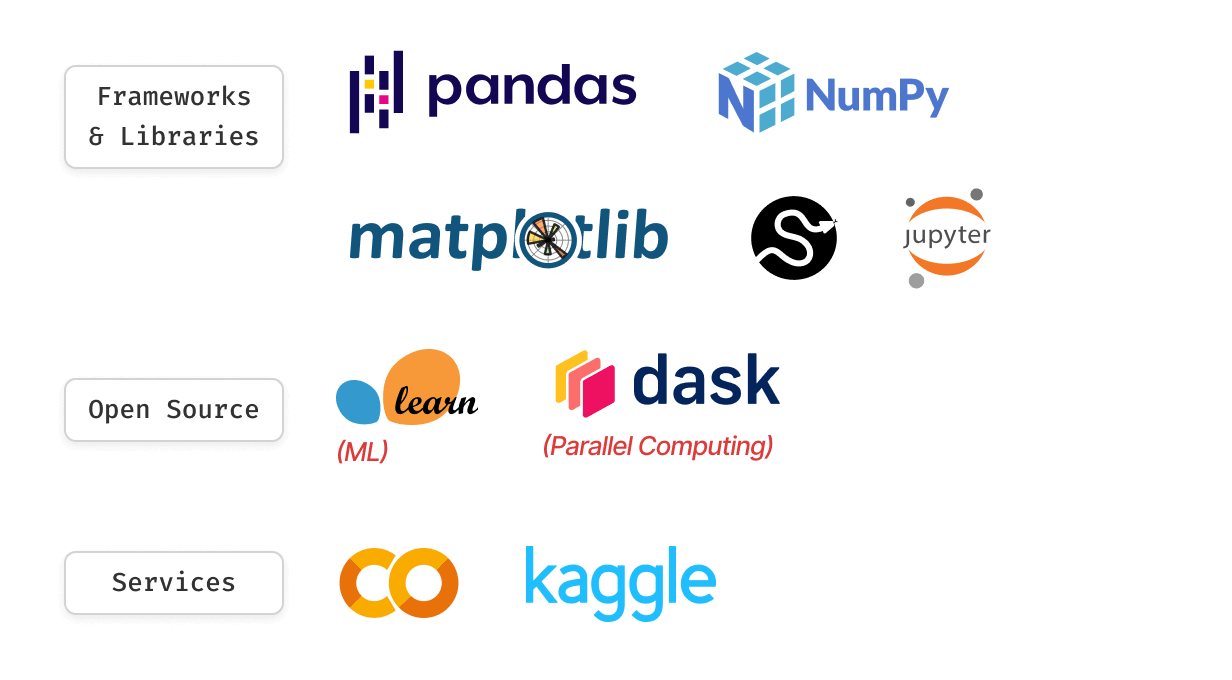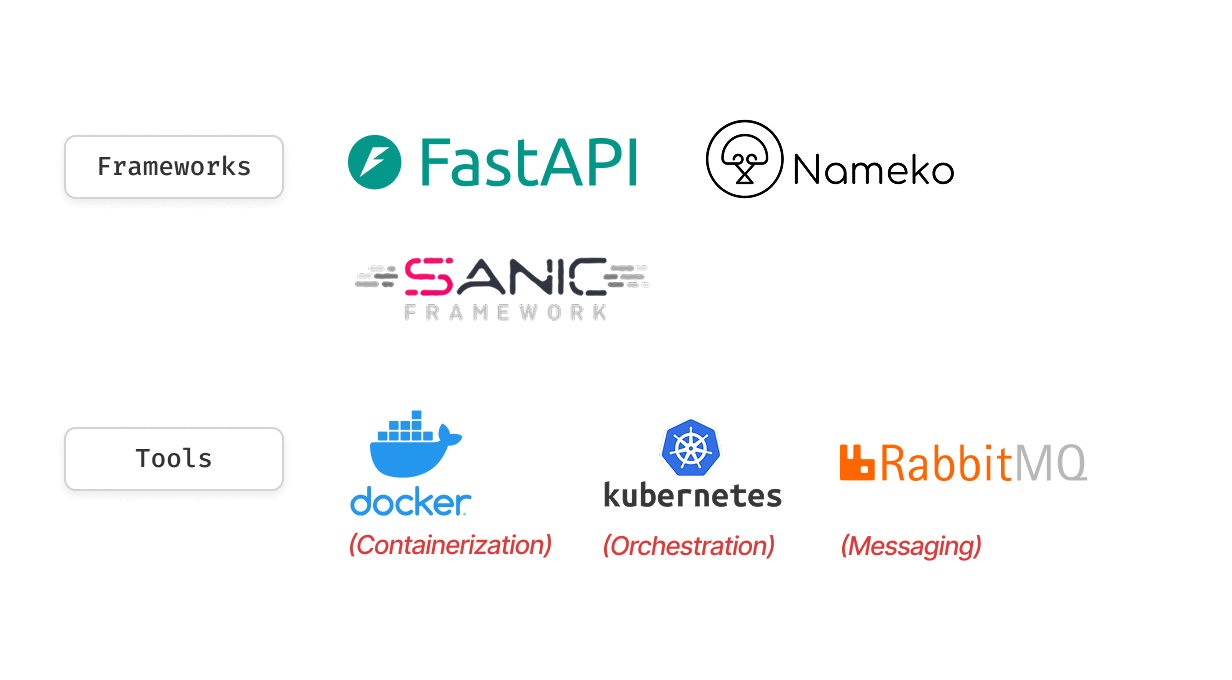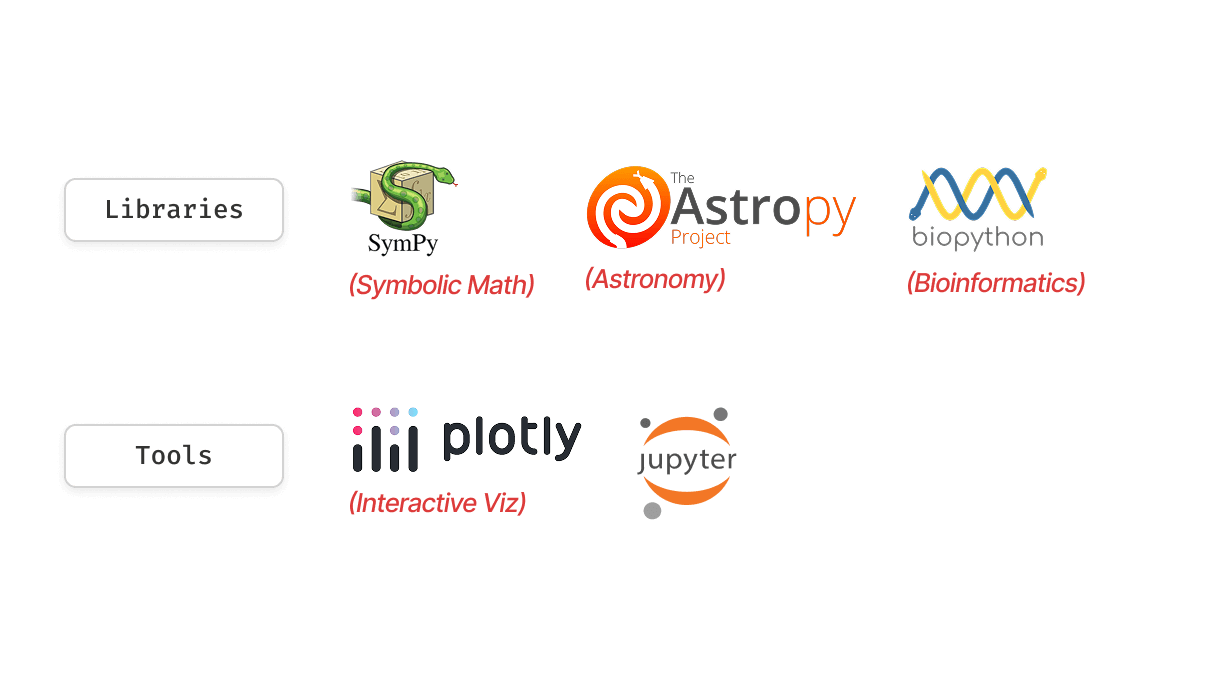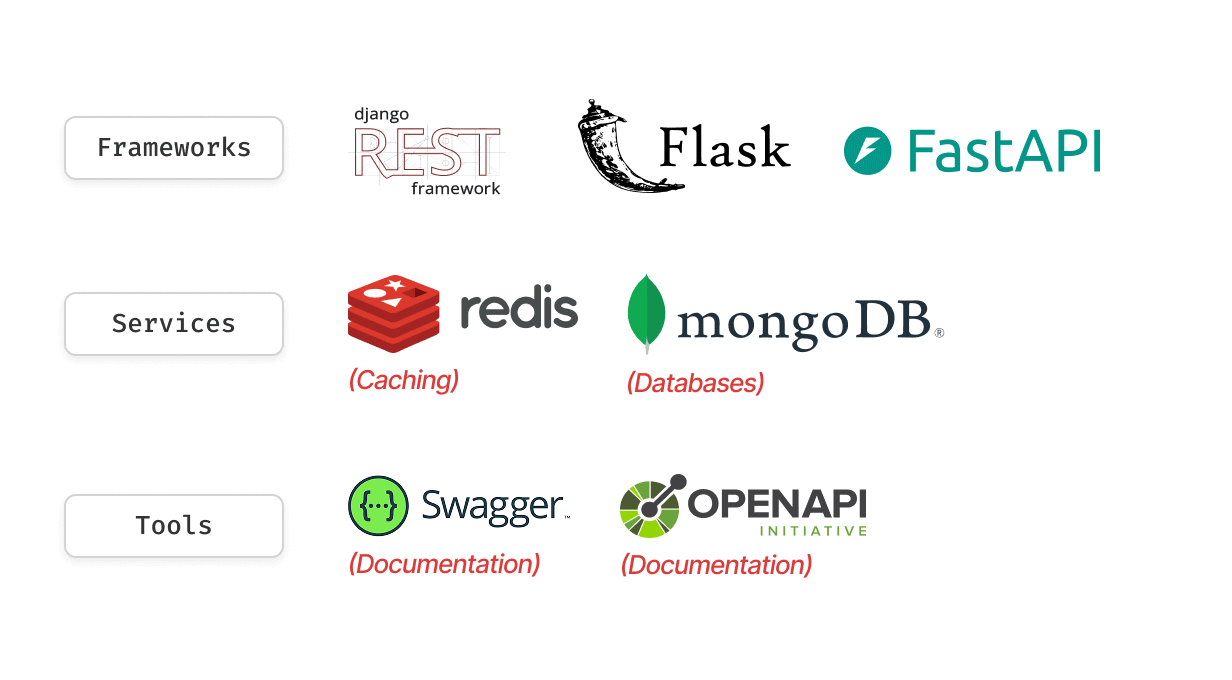
Python simplifies analyzing large datasets to uncover trends and insights, enabling data-driven decisions. Tools like Jupyter and Pandas let teams streamline reporting, predict outcomes, and optimize strategies without complex coding, turning raw data into actionable business value.


Python’s pre-built tools (e.g., TensorFlow) allow teams to automate tasks like customer segmentation or fraud detection. This speeds up innovation in AI projects, reducing reliance on external vendors and accelerating time-to-market for smart solutions.


With Python frameworks like Django, teams can quickly build and test web applications (e.g., internal tools or customer portals) at low cost. This agility supports iterative improvements based on user feedback, minimizing upfront investment risks.


Python helps create modular, future-proof systems that grow with your business. For example, splitting an app into smaller services ensures one component’s failure doesn’t disrupt the entire system, improving reliability during scaling.


Python automates repetitive tasks (e.g., data entry, report generation), freeing staff for strategic work. Simple scripts can integrate with existing tools, boosting productivity without overhauling workflows.


Python tools enable chatbots, image recognition, or predictive analytics with minimal coding. This lets teams deploy AI features (e.g., personalized recommendations) faster, enhancing customer experiences and operational efficiency.


Python supports complex calculations in fields like finance or R&D. Teams can model scenarios (e.g., risk assessments, drug discovery) visually, making technical insights accessible for cross-departmental collaboration.


Python builds secure, high-performance backends for apps or partner integrations. For example, creating an API for mobile apps ensures seamless data flow between systems while maintaining security standards.


Python integrates smoothly with cloud platforms (e.g., AWS), reducing infrastructure costs. Teams can deploy scalable apps or AI models globally without managing physical servers, aligning with modern IT strategies.


Python builds secure, high-performance backends for apps or partner integrations. For example, creating an API for mobile apps ensures seamless data flow between systems while maintaining security standards.

310, Addor Aspire,
Near Jahanvee Restaurant,
University Road, Ahmedabad,
Gujarat – 380015
Copyright © 2025 TechCompose Solutions Pvt. Ltd. All rights reserved.